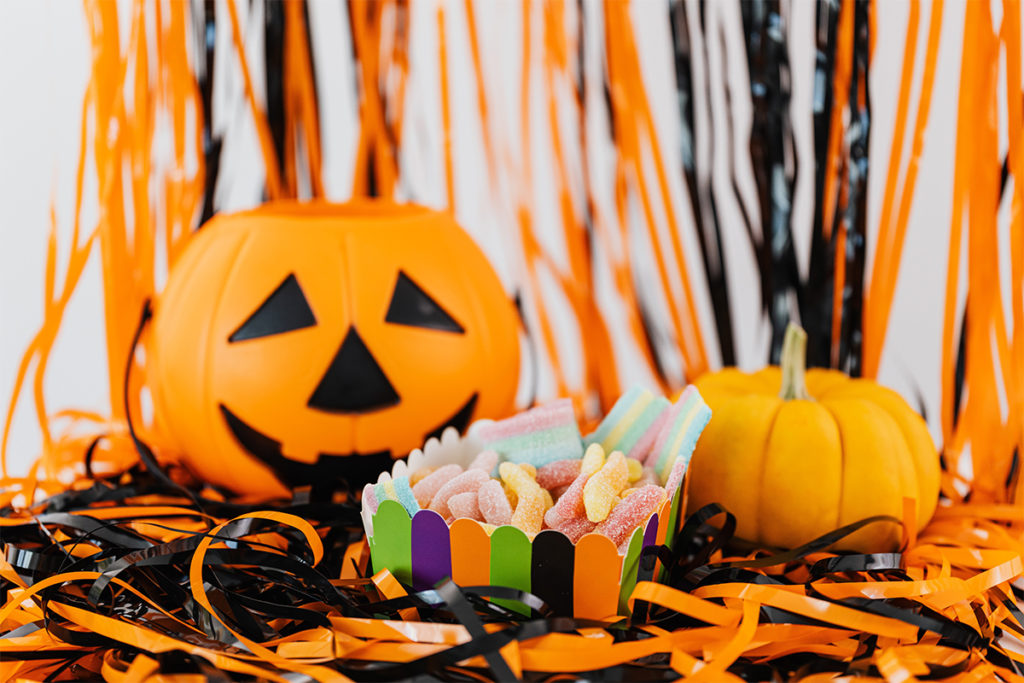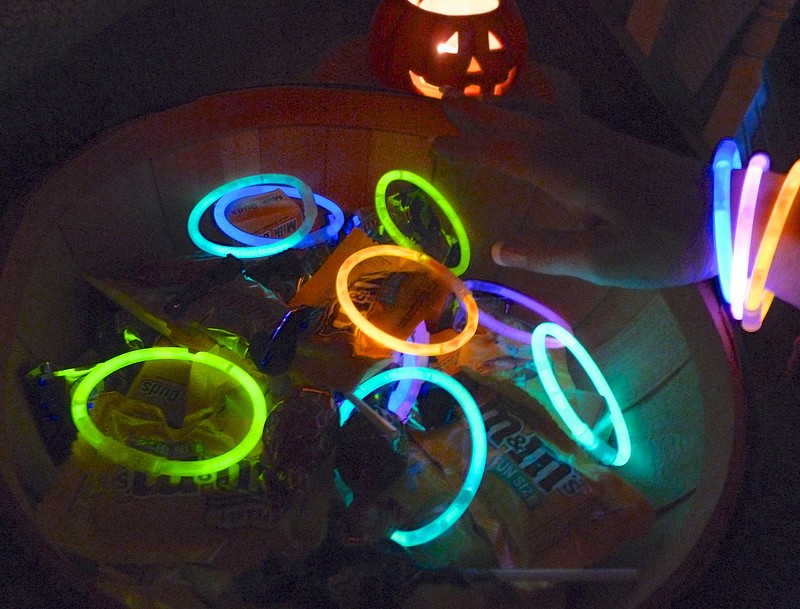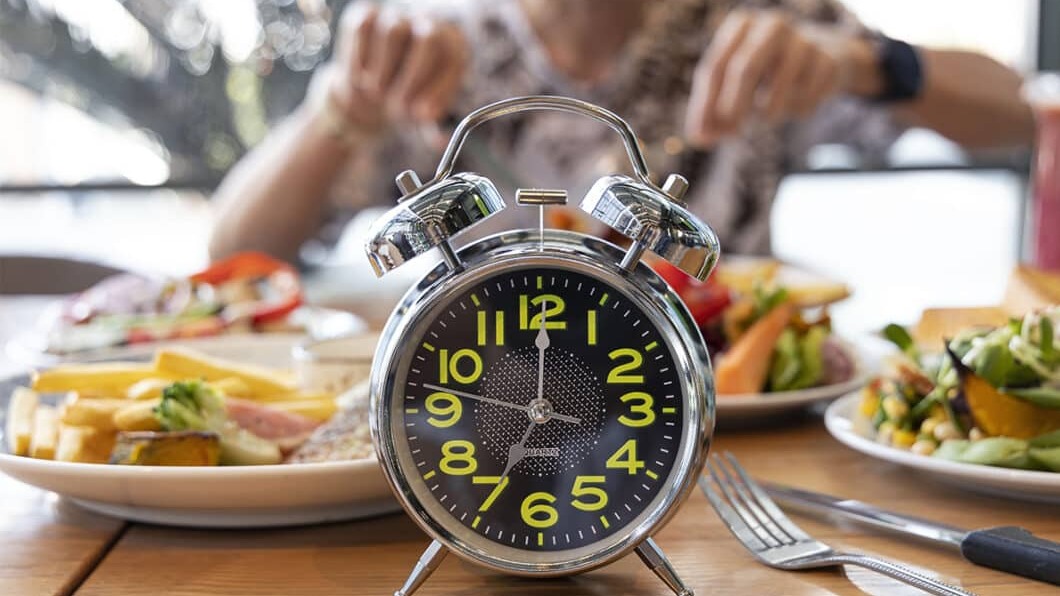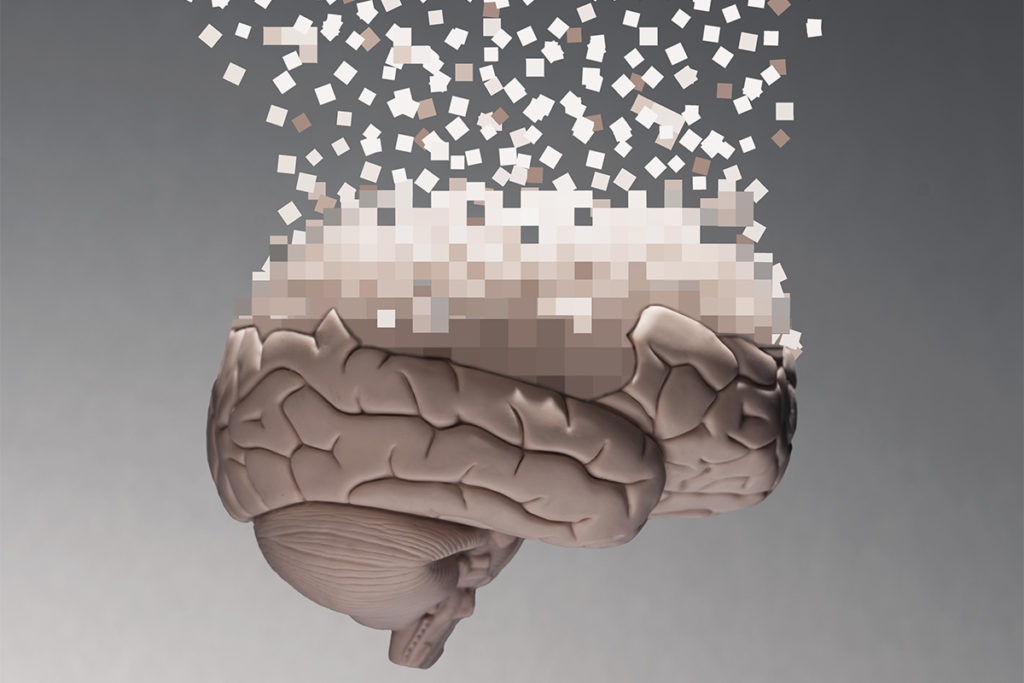Make This Halloween a Healthy One
IDEA nutrition experts offer insight on how to make Halloween healthier without spoiling the fun.

Halloween has evolved over time from “All Hallows’ Eve,” a night of warding off the evil spirits of the dead, to a night centered around children, costumes and candy.
As childhood obesity has escalated, more parents have become wary of the calorie-laden trick-or-treating tradition. We asked some of IDEA’s expert nutrition authors and presenters how they keep their kids healthy without spoiling the holiday fun. Read more to learn their tips for balancing the fun with sensible strategies.
Don’t Spoil the Fun
“It’s Halloween. It’s one night and although it does result in gobs of candy, moms and dads can help manage the damage without spoiling the fun,” says Jenna A. Bell, PhD, RD, senior vice president and director of nutrition at Pollock Communications.
Bell offers these ideas for collecting and eating less candy without cutting it out altogether:
- Use a plastic pumpkin head instead of a garbage bag or pillow case and call it quits when it is full.
- Only allow kids to take one candy per household.
- Put candy out of kids’ reach and sight after trick-or-treating.
- Encourage sharing of candy.
- Set boundaries, such as one candy after lunch and one candy after dinner.
“Collecting Halloween candy is a great way to meet neighbors and get some exercise—and it’s an American tradition,” says IDEA contributing editor Martina M. Cartwright, PhD, RD, LD, adjunct faculty member at the University of Arizona, author and nutrition counselor. She suggests mapping out a route or limiting the number of houses visited to reduce the amount of candy collected.
Healthier Treat Options

PHOTOGRAPHY: Deb Nystrom
“Remember it’s trick or treat,” says Lourdes Castro, MS, RD, nutrition sciences instructor at New York University and cookbook author. “Kids just want to be surprised. They will be just as happy with a calorie-free treat.”
Non-candy options include:
- Halloween themed pencils, erasers, glow in the dark toys, stickers, tattoos, Play-Doh®, bubbles, or balloons
- fruit leathers or roll-ups
- popcorn that you can put in small party bags or plastic gloves, or homemade popcorn balls
- pudding, Jell-O® or applesauce cups
- raisins or yogurt raisins
- snack-sized foods
- sugarless gum
- vegetable seeds
- nuts or trail mix
- dried fruits
- hot chocolate or apple cider packets
- carmel apples
- Rice Krispies® treats
- clementines (you can even draw faces on them to make them little Jack-o-lanterns)
- spare change
You can also offer healthier candy options if you don’t want to eliminate candy altogether. Cartwright suggests Dum Dums® lollipops, Hershey’s Kisses®, or dark chocolate options.
Bell suggests fun-sized candies and says that one per child is plenty.
Controlling Candy Consumption
If your child goes trick-or-treating, don’t let them go nuts when they get home.
“Setting boundaries before going out is crucial,” says Julieanna Hever, MS, RD, CPT, international lecturer and author of The Complete Idiot’s Guide to Plant-Based Nutrition. “Let your child know what to expect.” She also suggests emphasizing that Halloween is not just about candy by putting more of a focus on decorating the house and designing Halloween costumes.
You can put limits on candy consumption and stash it out of sight, but there are also other options for getting rid of excess candy.
- Give extra candy to your dentist. “Many dentists will exchange Halloween candy for toys,” Hever says.
- “Donate candy to the troops or even a children’s hospital,” Cartwright says. “This teaches your child to share.” She also suggests giving candy to a child who was not able to go trick-or-treating because of an illness or other commitments.
- “I love the idea of turning candy into an art project,” Castro says. She suggests letting kids pick their favorite candies to eat and using the rest as art material. “After the art project is complete, take a photo of it. Projects can be compared year to year, which instills a nice tradition and reminds children that all candy is not for eating.”
Jessica Cline
Jessica is a former editorial assistant at IDEA Health and Fitness Association.




